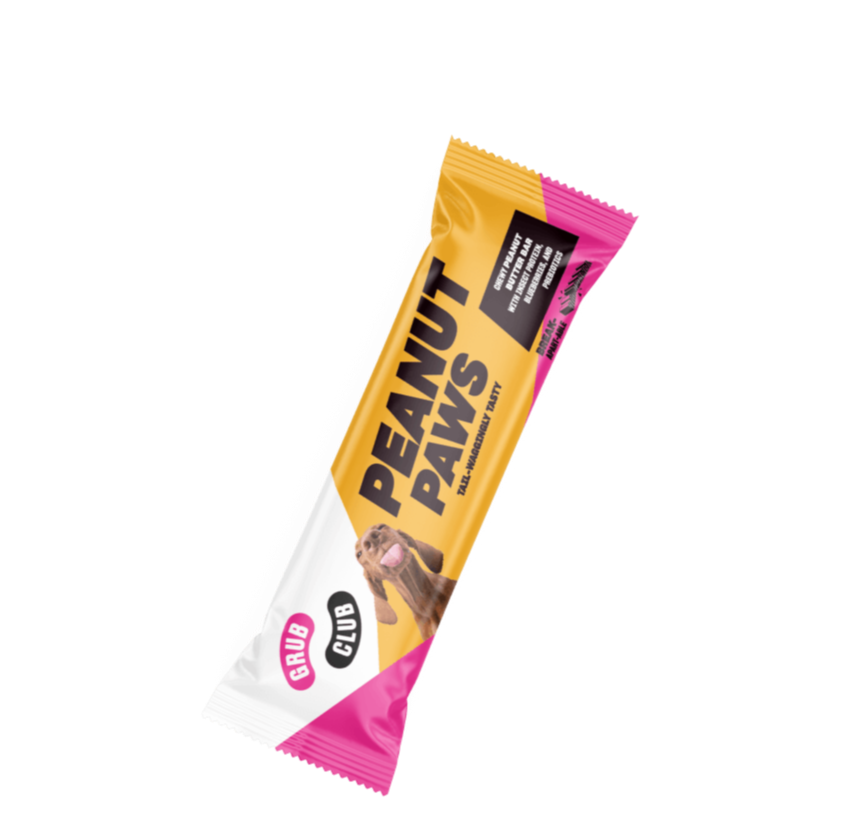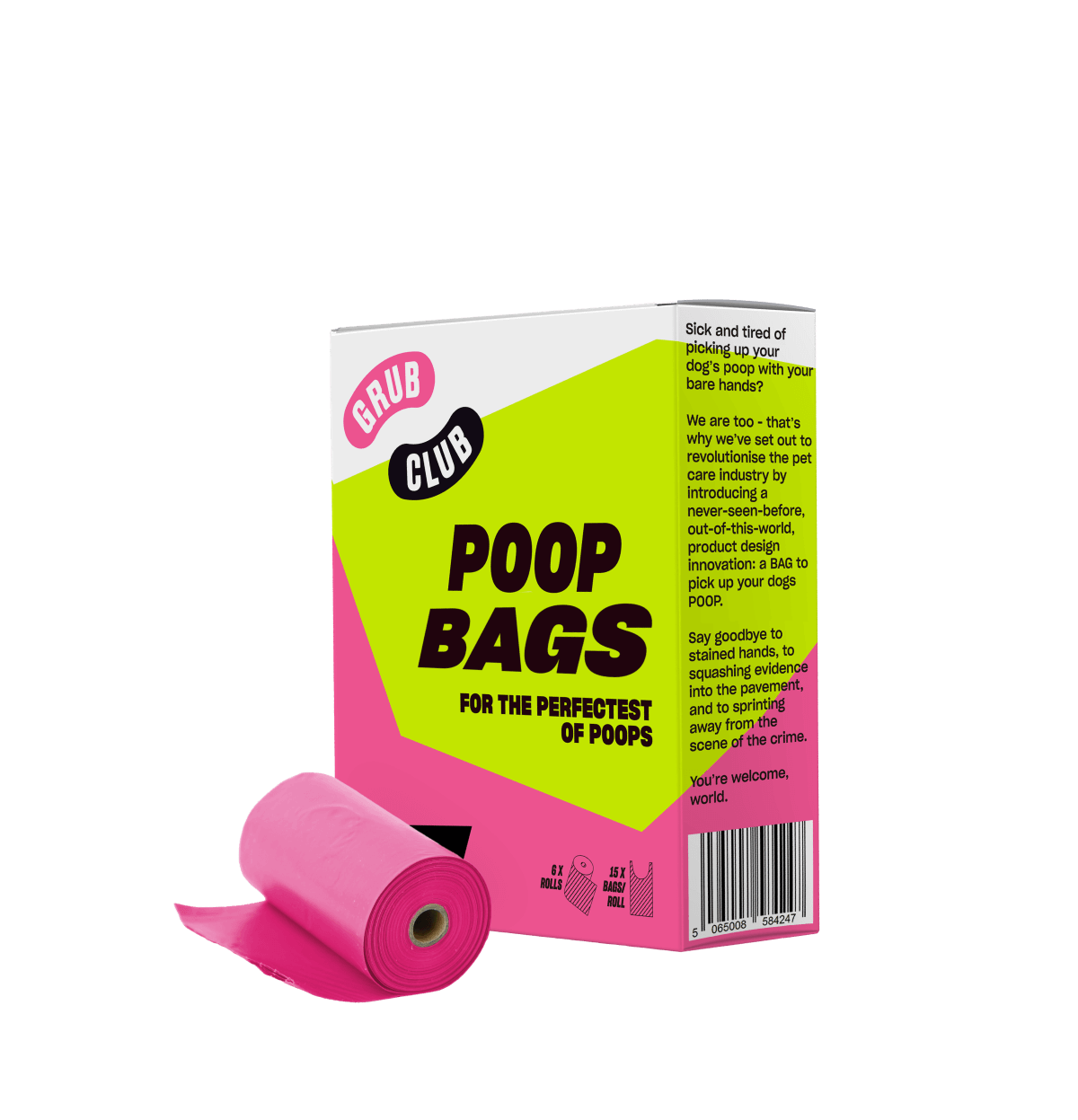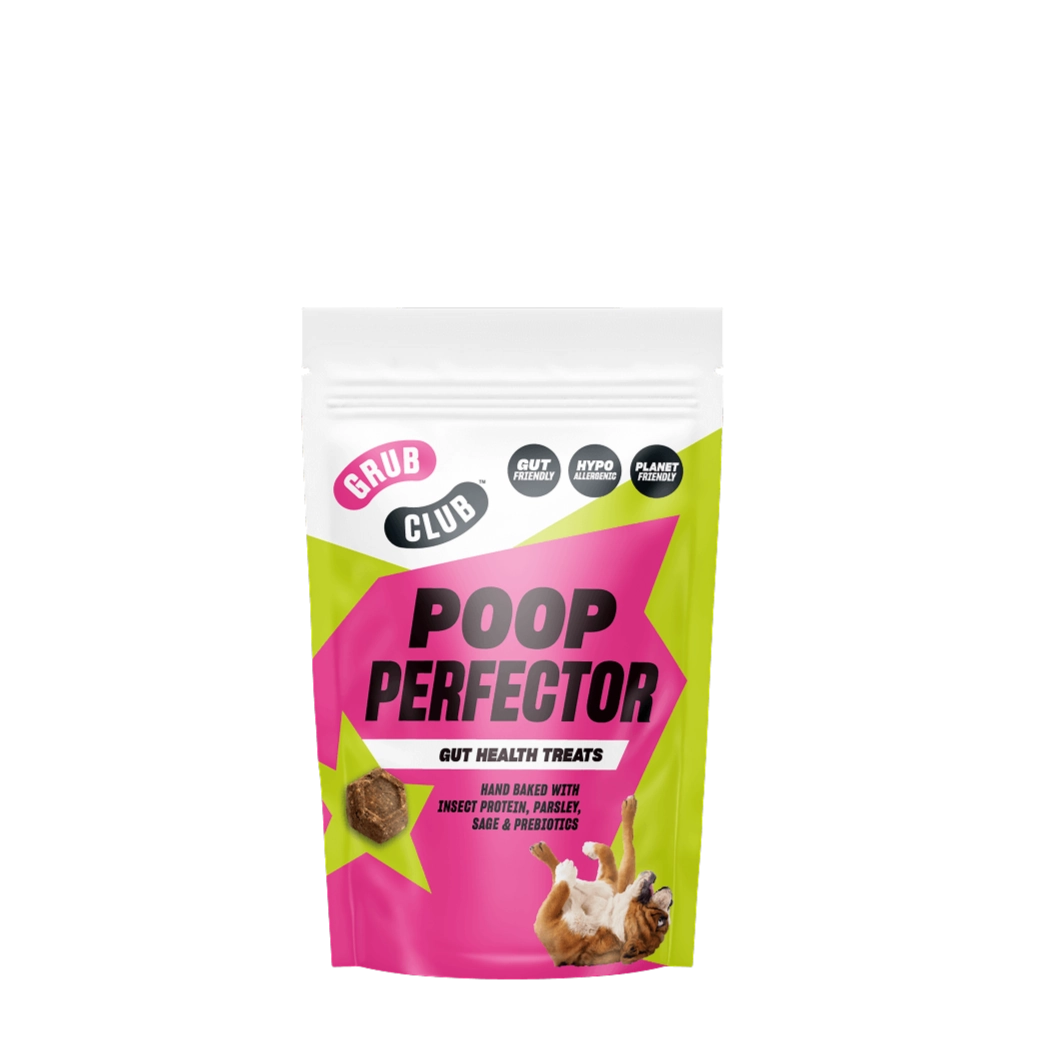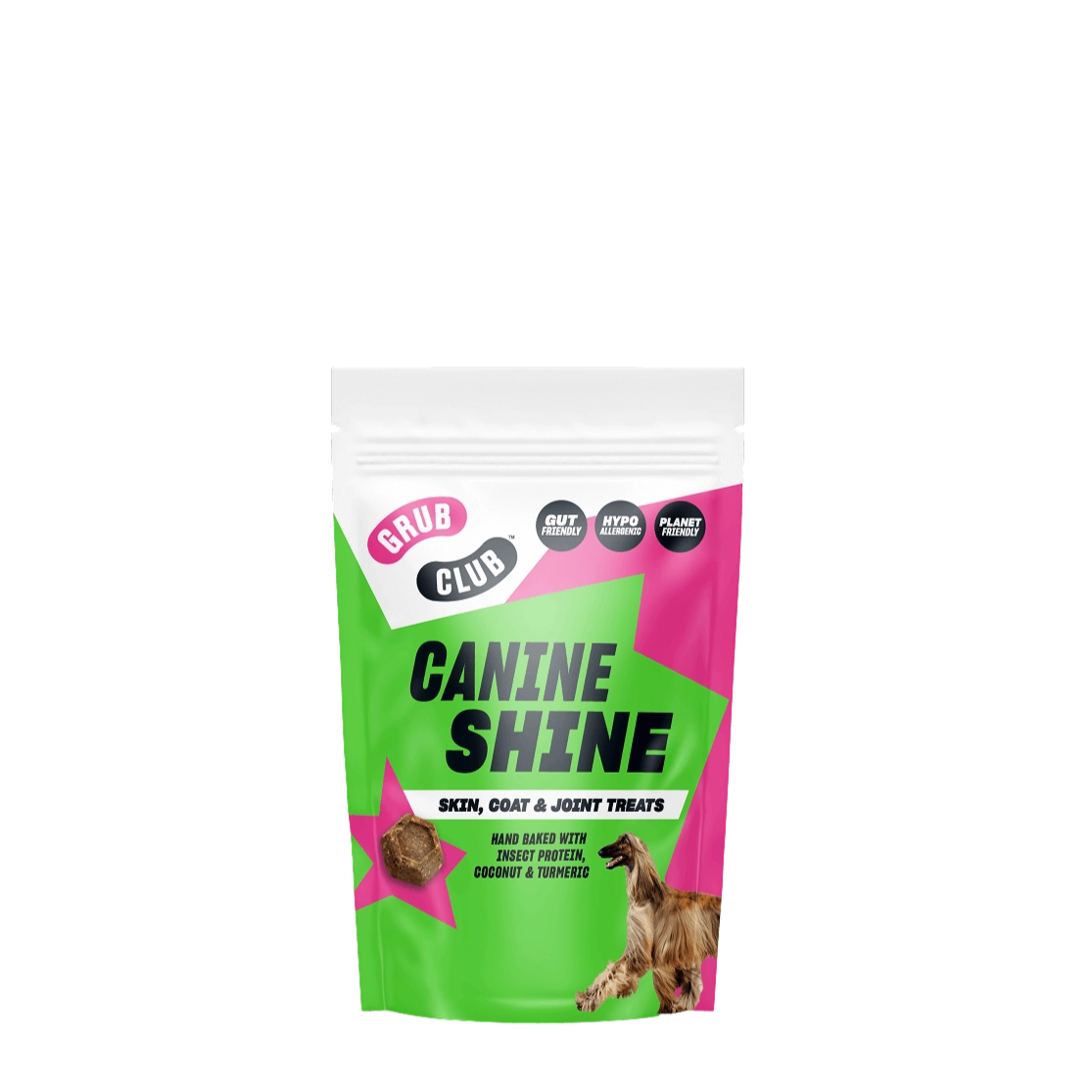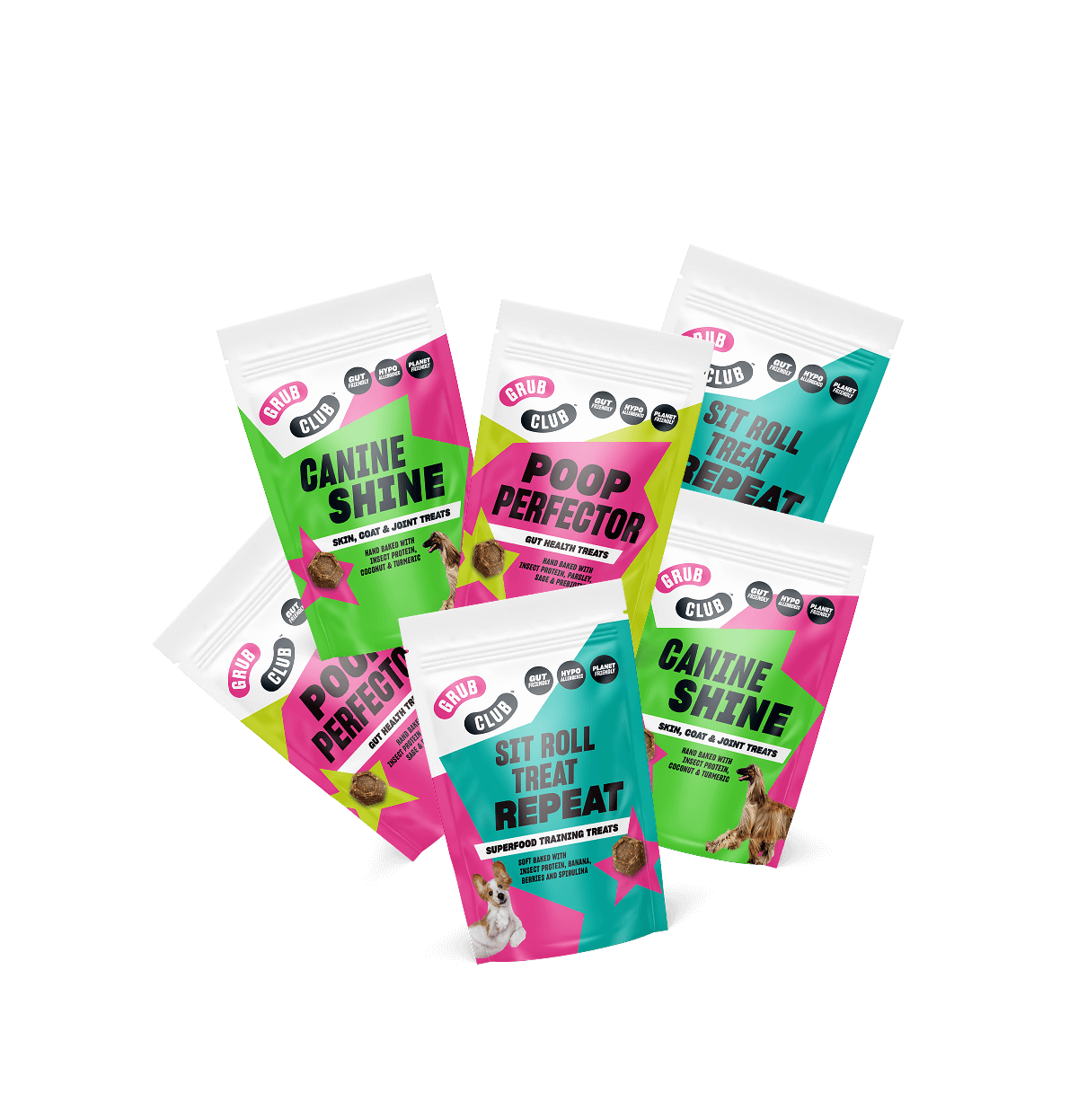PEANUT PAWS
Peanut Butter Bar
1 Bar
FREE UK Delivery on orders above £49.
You have £0.00 in your cart, spend £49.00 more and get free shipping.
1 Bar
72 Bags
1 Pack
1 Pack
1 Pack
Or continue without a name
CheckoutAs devoted dog parents, we know our furry friends can’t always tell us when they’re feeling unwell, however, their poop is one area that can provide valuable insights into their health. By paying attention to the colour, consistency, and frequency of your dog’s stool, you can help to ensure that your pup stays happy and healthy.
We know that monitoring your dog’s stool isn’t the most glamorous aspect of pet ownership, but it is a crucial part of owning a pet. Changes in your dog’s poop can be early indicators of health problems, allowing for prompt intervention (which equals fewer vet bills and clean up time!)
A dog’s digestive system is a complex network responsible for breaking down food, absorbing nutrients and eliminating waste. When this system functions optimally, it produces well-formed, brown stools. However, factors such as diet, hydration, infections and medical conditions can disrupt this process, leading to noticeable changes in your dog’s poop. Let’s take a closer inspection… (hold those noses!)
Understanding what normal dog poop looks like sets the baseline for identifying abnormalities.
Colour: Healthy dog poop is typically chocolate brown, indicating proper digestion.
Shape: Well-formed, log-shaped stools suggest a healthy digestive tract.
Texture: Firm yet pliable, similar to modelling clay, is ideal (but please don’t go handling it!!)
Moisture Level: Stools should be moist (sorry, we know that word gives the ick)) enough to hold their shape but not so wet that they leave a residue.
While slight variations can occur due to diet or minor digestive upsets, persistent changes warrant attention.
The colour of your dog’s poop can reveal a lot about their internal health:
Standard brown indicates a balanced diet and proper digestion. Diet can cause slight variations; for instance, dogs on a kibble diet may have darker stools than those on a raw food diet. You’ll quickly come to know what is normal for your own dog.
Black, tarry stools can be quite alarming, as they may indicate digested blood from the upper gastrointestinal tract. This could result from ulcers, ingesting certain medications or other serious conditions. Immediate veterinary consultation is recommended.
Yellow, loose stools can result from various issues:
Food Intolerances: A reaction to a new diet or treats.
Liver Disease: The liver plays a crucial role in digestion and a dysfunction can lead to yellow stools.
Infections: Bacterial or parasitic infections can cause digestive disturbances.
If yellow diarrhoea persists, consult your veterinarian immediately.
Green stools might indicate:
Dietary Causes: Consumption of grass or green-coloured treats.
Gallbladder Issues: Bile, produced by the gallbladder, is green and excessive bile can tint the stool.
Intestinal Parasites: Such as giardia, which require medical treatment.
Monitor your dog’s behaviour and consult your vet if green stools continue.
White or greyish stools can result from:
High Calcium Intake: Diets rich in bones or calcium supplements.
Pancreatic Issues: Exocrine pancreatic insufficiency can lead to pale, greasy stools.
Adjusting their diet may help, but persistent issues should be evaluated by a vet.
Blood in the stool can appear as:
Bright Red Streaks: Indicating bleeding in the lower digestive tract, possibly from rectal injuries or anal gland issues.
Dark Blood (Melena): Suggesting upper gastrointestinal bleeding.
Both scenarios require prompt veterinary attention.

The texture of your dog’s poop can provide some really good insights into their overall digestive health.
This consistency indicates a healthy digestive system and a balanced diet – Good job pet parent!
Soft stools can result from:
Diet Changes: Abrupt alterations can upset the digestive balance.
Stress: Anxiety can affect gut motility.
Parasites or Mild Infections: Can cause gastrointestinal disturbances.
Solutions:
Gradual Diet Transition: Introduce new foods slowly over 7-10 days.
Probiotics: Support gut health and balance.
Hydration Monitoring: Ensure constant access to fresh water.
Black, tarry diarrhoea is a serious concern, often indicating internal bleeding. Potential causes include ulcers, tumours or ingestion of toxic substances. Immediate veterinary care is essential.
While a small amount of mucus can be normal, excessive mucus may suggest:
Colitis: Inflammation of the colon.
Food Intolerances: Adverse reactions to certain ingredients.
Dry, crumbly stools often indicate dehydration or insufficient fibre in the diet. Factors contributing to dry stools include:
Not Drinking Enough Water: Ensure your dog has constant access to fresh water.
Low-Fibre Diet: Adding fibre-rich foods such as pumpkin or vegetables can help.
Underlying Health Issues: Kidney disease and other conditions can contribute to dehydration.
Encouraging hydration and adjusting your dog’s diet will help to improve stool consistency.

On average, healthy dogs poop 1-3 times per day, depending on their diet, how often you feed them and their activity level – sometimes those zoomies can give their intestines as much of a workout as their legs!
Dog poo does smell, we all know that but consistent extremely foul-smelling poop could indicate dietary imbalances, infections or digestive issues. It’s best to get your dog looked at.
Occasionally, undigested food particles in stools are normal, especially if you feed your pooch veg or seeds, but persistent occurrences may indicate a malabsorption problem.
Black, tarry stools
Persistent diarrhoea or constipation
Bright red blood in stool
Unexplained changes in stool consistency or frequency
Use a clean, sealable container or a doggy poo bag and ideally collect your sample before it hits the ground (sorry!). If you can’t quite manage that, try to collect a sample that has the least amount of contamination. Fresh samples (within 12 hours) are best for accurate testing.
High-Quality, Balanced Diets: Ensure your dog’s food meets all of their nutritional needs – a good mix of vitamins, protein, amino acids, probiotics, and prebiotics, just like we include in our All Day Buffet.
Wet vs. Dry Food: Both have their pros and cons and you’ll come to know which suits your pooch the best. Overall, it’s best to keep in mind that wet food provides hydration, while dry food helps to promote dental health.
Treats: Treats should only be given every now and then – too many could easily be the cause of tummy issues. Choose those that are gentle on tummies and ones that ideally incorporate prebiotics like our Poop Perfector for example.
Probiotics are brilliant at helping to maintain a healthy balance of gut bacteria, supporting digestion and immune function. They aid in breaking down food more efficiently, improving nutrient absorption, and reducing the likelihood of digestive issues such as diarrhoea or constipation. Probiotics can also help combat harmful bacteria, reducing the risk of infections and inflammatory bowel conditions. Something you definitely want to add to your dog’s diet if you can.
Ensuring your dog drinks enough water prevents dehydration and promotes healthy stools by lubricating them and therefore preventing constipation. Always have fresh water available to your pooch, and if you know they struggle with getting around or if they are naturally big drinkers, place a few bowls within their reach. If you take your dog on long walks, always carry a reusable water bottle and collapsible water bowl, same goes when you are travelling with them.
Monitoring your dog’s poop is an essential part of responsible pet ownership. Occasional changes are normal (we all get a dicky tummy every now and then), but persistent or severe issues just like the ones we have covered in this article will definitely require veterinary attention.
